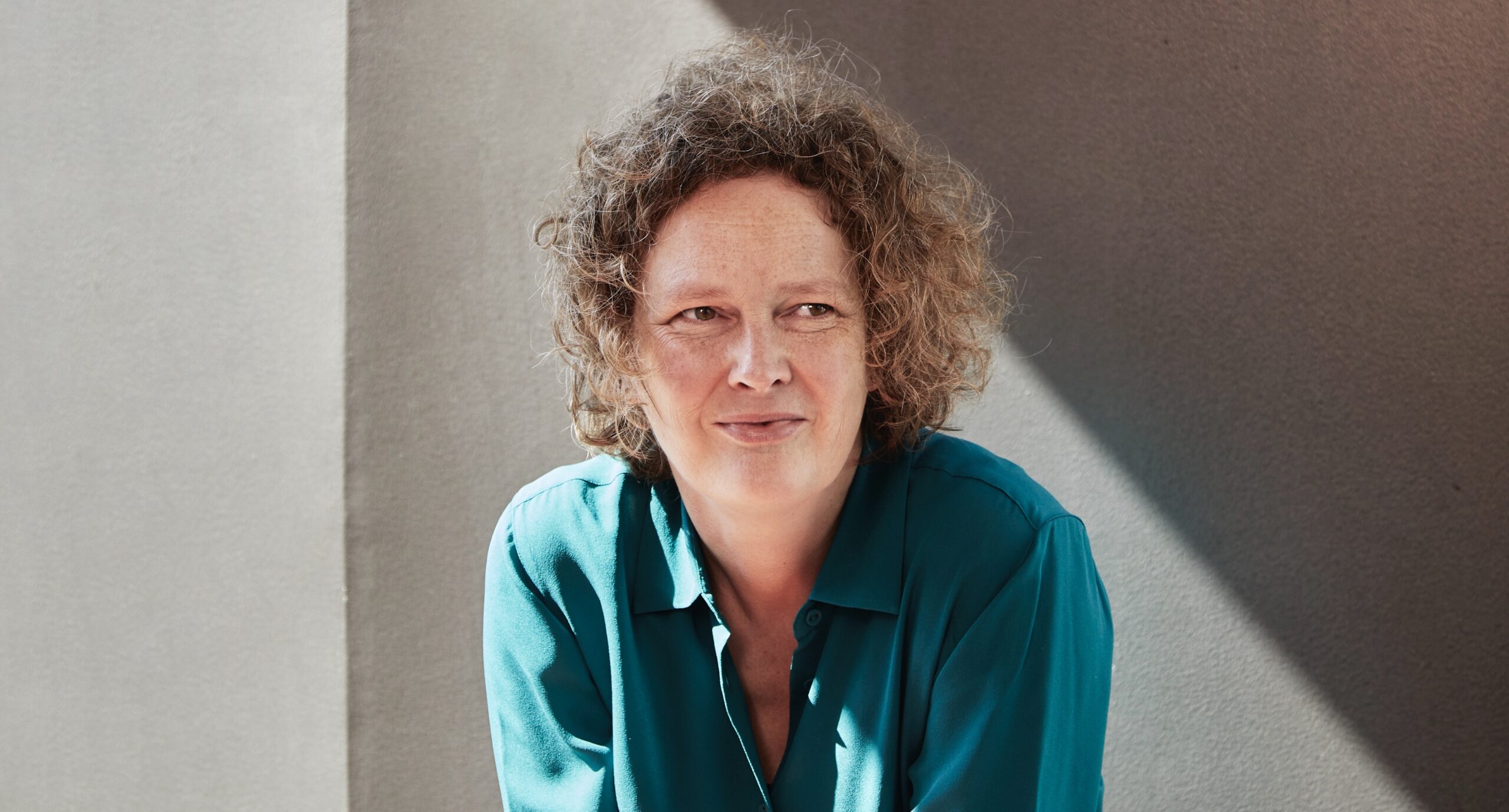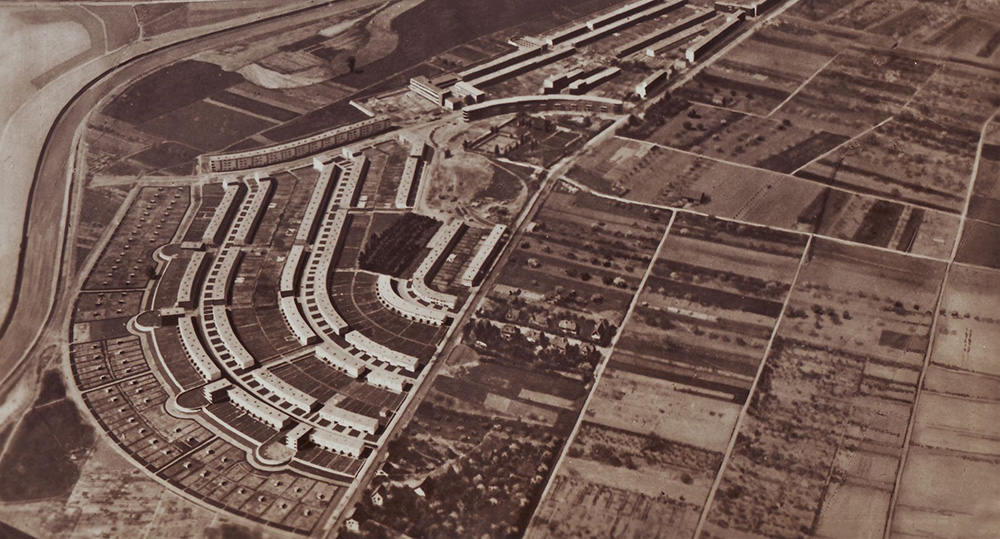100-year anniversary of New Frankfurt – What remains of this vision?


100 years ago, Ernst May laid the foundations for ‘New Frankfurt’, a programme of urban reform that continues to have an impact today, and worldwide. Over 12,000 apartments were constructed in just five years, embedded in well-planned neighbourhoods with schools, green spaces and social infrastructure. It was a radically modern concept – functional, social, humanistic.
But what remains of this utopian vision?
Architect Astrid Wuttke, partner at schneider+schumacher and chair of the ernst-may-gesellschaft, talks to the editor of the hr-iNFO podcast Christoph Scheffer about the current state of these housing estates. ‘Ernst May hardly played a role in my studies,’ she says. It was only with increasing distance that she began to appreciate the urban planning and social quality of the May housing estates. Wuttke criticises the poor structural condition of many housing estates today – not only from an aesthetic point of view, but also in terms of listed building conservation and from a social standpoint. Among other things, she blames this on the conflicting needs of keeping costs in check versus safeguarding what is of public interest. The city of Frankfurt should question if it cannot indeed fund this work – the substance is unique.
At the same time, she reminds us that New Frankfurt achieved more than just a new approach to urban planning. It was a project for social reform that fundamentally addressed the realities of life, with new floorplans, well-designed kitchens, and functional furniture. People were finally questioning what people actually needed – and how they lived. This holistic approach is lacking today: contemporary housing projects are often just about fabricating quick and cheap solutions – yet sustainable architecture should be designed to last at least 100 years.
Wuttke’s plea: Have the courage to make clear decisions, generate more creative solutions, and create a new mission statement for urban planning.
The entire interview can be found here.
Photo of Astrid Wuttke: Kirsten Bucher
Aerial photograph of the Römerstadt, ca. 1929: from the collection of the ernst-may-gesellschaft, unknown photographer

